Dollar surges broadly overnight after Fed cut interest rate by -25bps to 2.00-2.25% as widely expected. The trigger for Dollar buying came from Fed Chair Jerome Powell’s press conference. He described the rate cut as a “mid-cycle” adjustment of policy, and then added he was “contrasting with the beginning of a lengthy cutting cycle”. The message was clear that he tried to talk down the expectations of further interest rate cuts ahead. The key would be developments in global economy, trade tensions, domestic data and inflation.
Suggested readings on FOMC:
- FOMC Review – Market Disappointed as Powell Described Rate Cut as “Mid-Cycle Adjustment”
- Fed Chair Powell’s press conference live stream
- FOMC Cuts Rates 25 Bps, But Two Members Dissent
- Northern Exposure: FOMC Delivers One Cut, With Another To Come By Year End
- Fed Recap: Cut Confirmed, Door Cracked for a Follow-Up Cut in September
- Fed Cuts by 25 bps
Trump bashed Powell again with his tweets. Trump said “What the Market wanted to hear from Jay Powell and the Federal Reserve was that this was the beginning of a lengthy and aggressive rate-cutting cycle which would keep pace with China, The European Union and other countries around the world….As usual, Powell let us down, but at least he is ending quantitative tightening, which shouldn’t have started in the first place – no inflation. We are winning anyway, but I am certainly not getting much help from the Federal Reserve!”
Ironically, Trumps tweets somehow confirmed market understanding of what Powell tried to deliver. And they help solidify Dollar’s rally and stocks’ selloff. DOW dropped -1.23% overnight. S&P 500 dropped -1.09% and NASDAQ dropped -1.19%. While a short term top was clearly formed at 3027.98 record high in S&P 500, it’s too early to call for reversal. The uptrend looks tired with bearish divergence condition in daily MACD. But there will be first line of defense from 55 day EMA and then second line in medium term trend line. Recent uptrend starts to look week but it’s still healthy.





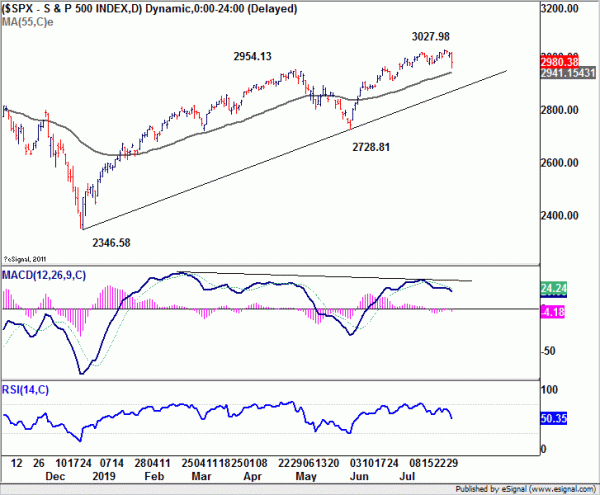
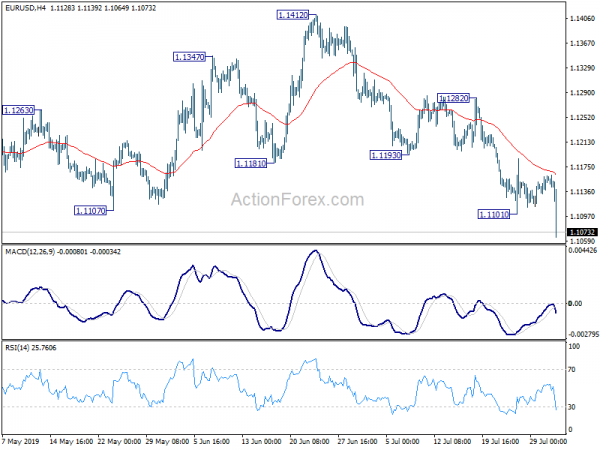
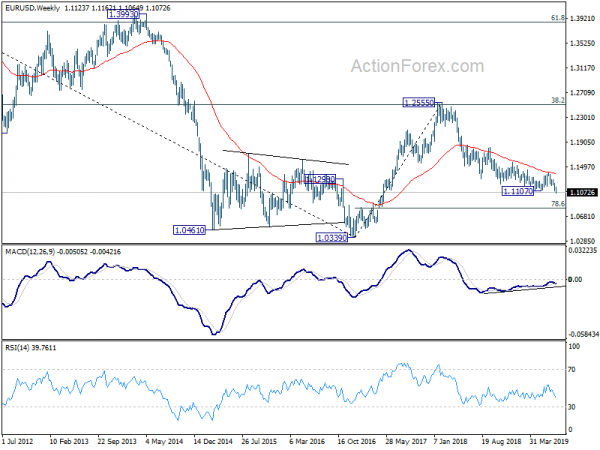
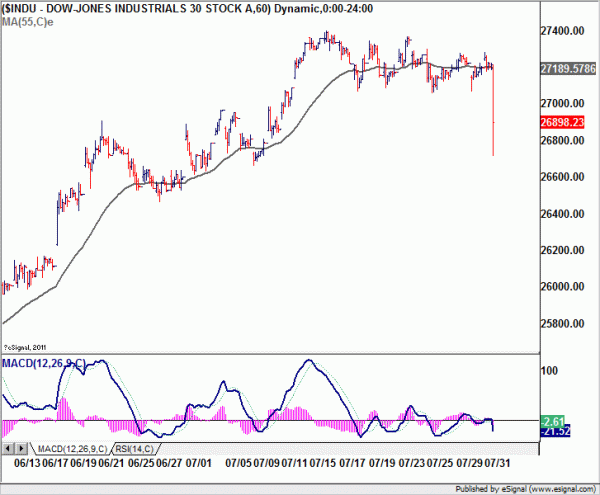



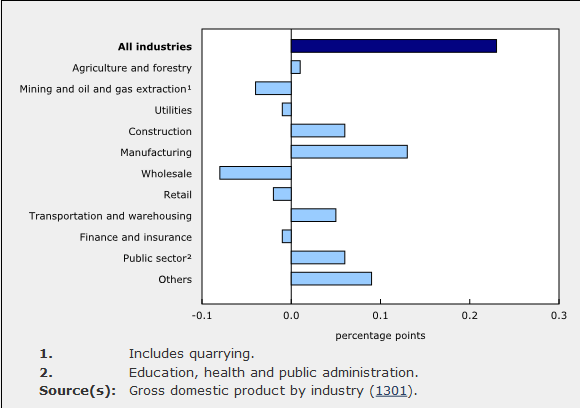
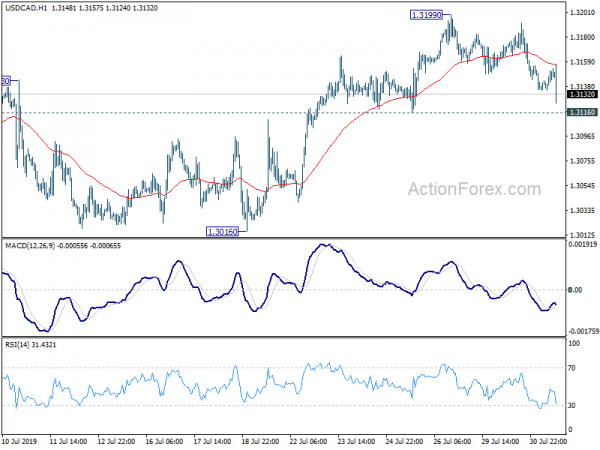
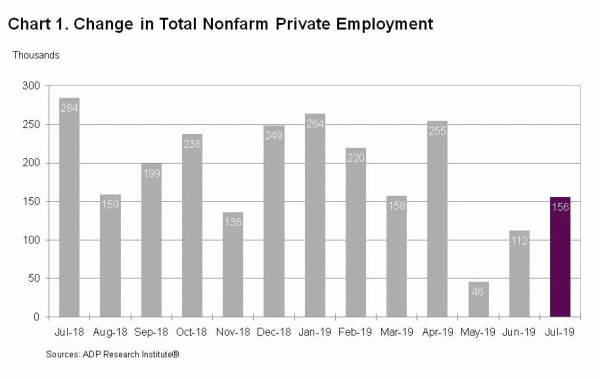
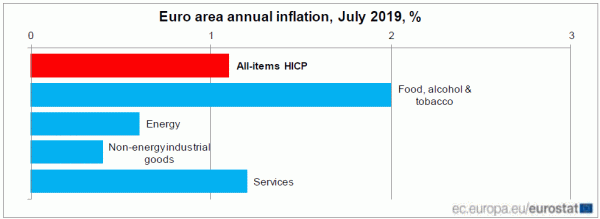
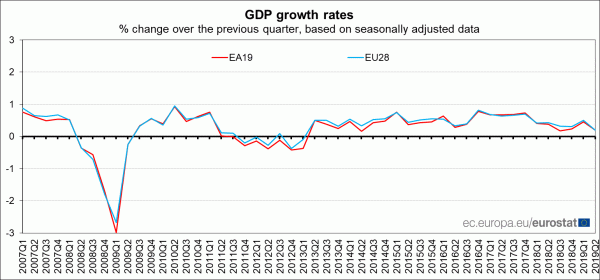
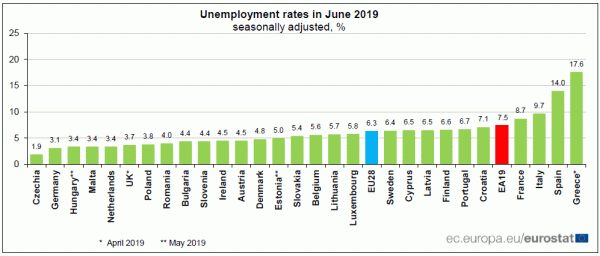
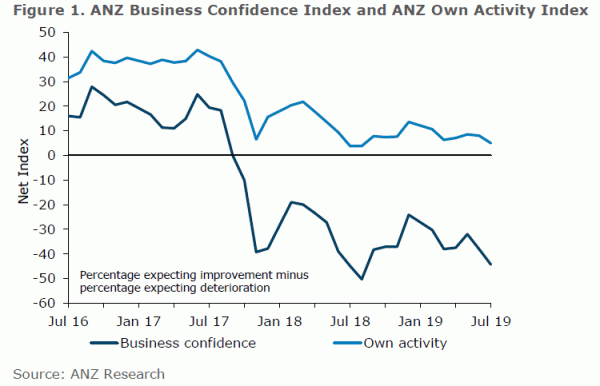
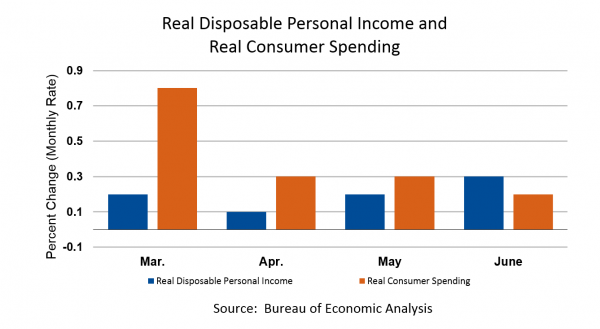
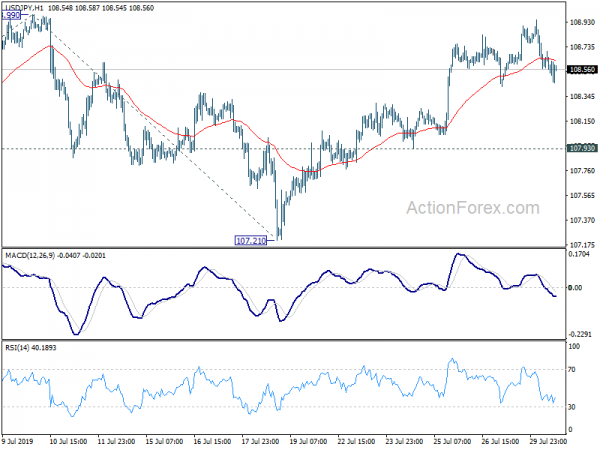
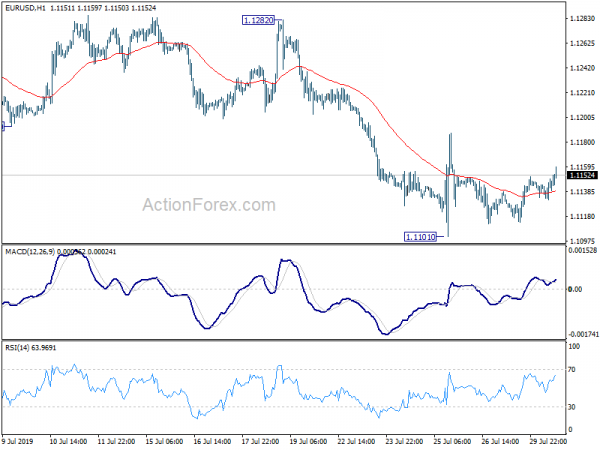

BoJ Amamiya: Prepared to take policy actions to prevent risks from materializing
BoJ Deputy Governor Masayoshi Amamiya signals today that the central bank stand ready to loosen up monetary policy further. In a speech to business leaders, he said, “the BOJ is no different from other major central banks, in that it is prepared to take, if necessary, policy action to prevent risks from materializing.”
He added that overseas risks could spillover to Japan and, “We need to be mindful that the economy may lose momentum if risks, mainly those from overseas economies, materialize”. BoJ’s tool set includes rate cuts and asset purchases and policy makers may “combine these steps or apply them in various forms.”